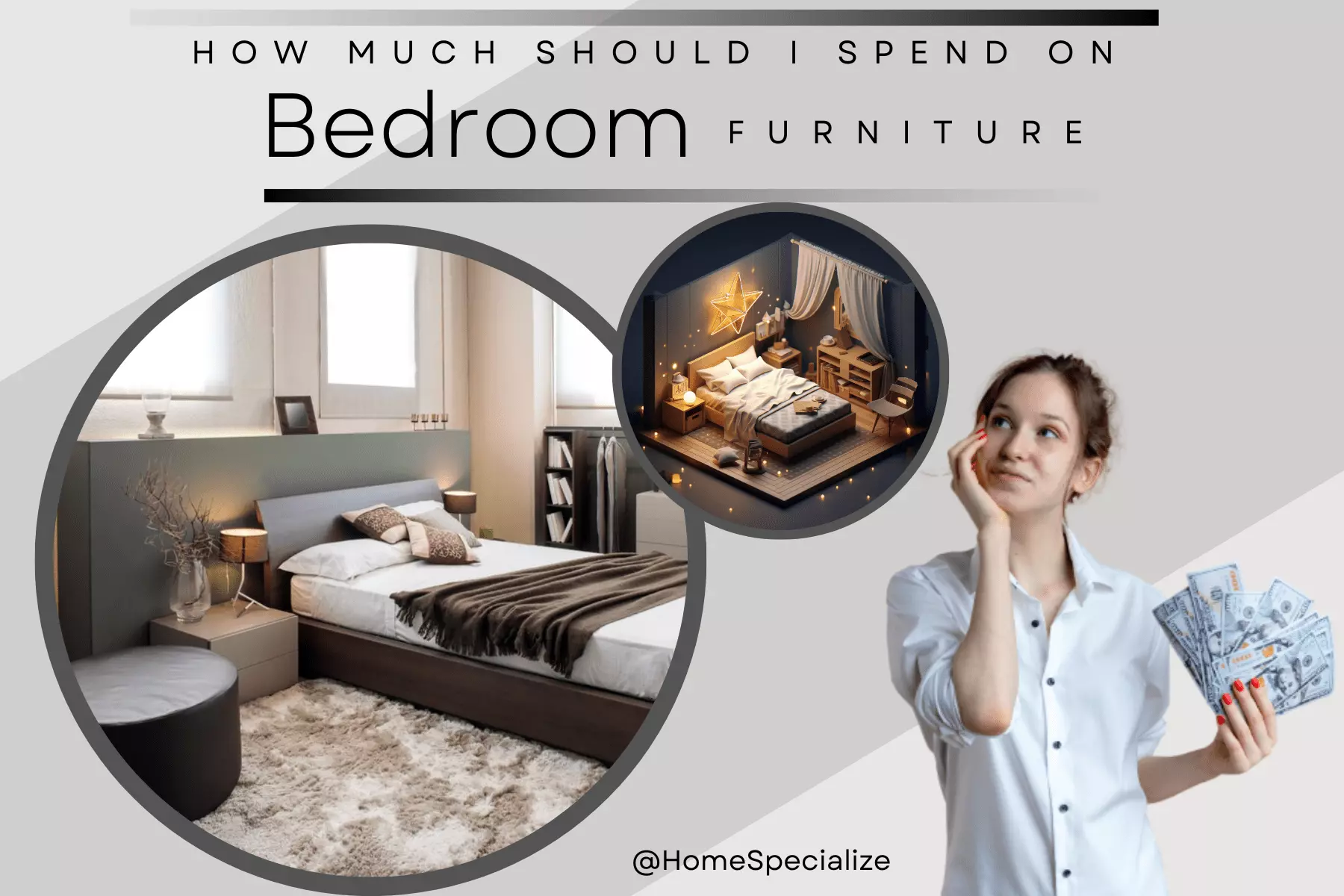Creating a harmonious yet dynamic bedroom space involves more than just selecting furniture; it’s about crafting a personalized haven that reflects individual style and comfort. Mixing and matching bedroom furniture is an art form that allows for creative expression and uniqueness in your personal space.
This comprehensive guide will explore the principles and tips for successfully combining different furniture styles, textures, and colors to achieve a cohesive, yet eclectic bedroom environment.
Understanding the Basics of Mix and Match
The first step in mixing and matching bedroom furniture is understanding the basics. It involves more than randomly selecting pieces; it’s about creating a balance between variety and harmony. The key is to choose furniture that complements each other in terms of scale, proportion, and design, while still allowing each piece to stand out. The goal is to create a room that feels coordinated but not overly matched or uniform.
Choosing a Unifying Element
To successfully mix and match, there should be at least one unifying element that ties the different pieces together. This could be a specific color scheme, a recurring material or finish, or a design style that resonates throughout the room. For example, if you have a modern bed frame, you can pair it with a vintage dresser, but perhaps choose a similar wood finish or color to create a sense of unity.
16 Colors to Enhance Your Cherry Wood Bedroom Furniture: A Creative Guide
Playing with Textures and Materials
One of the most exciting aspects of mixing and matching bedroom furniture is the opportunity to play with different textures and materials. Combining a leather headboard with a wooden nightstand, or a metal frame bed with a plush, upholstered chair can add depth and interest to the room. The contrast in textures creates a layered look that is visually appealing and adds character to the space.
Balancing Scale and Proportion
When mixing furniture styles, it’s crucial to consider the scale and proportion of the pieces relative to each other and the room size. A large, heavy bed frame might overpower a small, delicate nightstand. Aim for a balanced look where each piece of furniture feels proportionate to the others and the room as a whole. This balance helps in creating a cohesive look, even when the furniture styles vary.
Adding Personal Touches
Mixing and matching furniture allows for personal touches that make the bedroom uniquely yours. Incorporating personal items like family heirlooms, travel souvenirs, or DIY projects can add a special touch to the room. These elements not only provide a sense of familiarity and comfort but also ensure that your bedroom is a true reflection of your personality and style.
What Colors Go With Dark Wood Bedroom Furniture? Beyond Basics
Consideration for Color Schemes
While mixing different styles and textures, maintaining a cohesive color palette can help unify the space. Select a color scheme that reflects your style and use it as a guide when choosing furniture. You can mix neutrals with bold accents or combine complementary colors to create a vibrant yet harmonious look. The key is to keep the color palette consistent, allowing for variations in shades and tones.
Strategic Placement for Cohesion
The placement of furniture plays a crucial role in achieving a cohesive look when mixing and matching different pieces. It’s important to consider the layout of the room and how each piece interacts with others. For instance, placing a vintage armchair in a corner can create a cozy reading nook, while a modern dresser placed opposite a traditional bed can balance the room.
The strategic placement of furniture can also help in defining the function of the space, whether it’s for sleeping, dressing, or relaxing. Thoughtful placement not only ensures practicality and comfort but also enhances the overall aesthetic appeal of the room.
How Much Should I Spend On Bedroom Furniture? Price Of Comfort.
Accessorizing to Tie It All Together
Accessories are the final touches that can tie the whole room together when mixing and matching furniture. Rugs, curtains, cushions, artwork, and lighting can all play a role in unifying the space. For instance, a rug with colors that echo the hues in your furniture can help to link different pieces together.
Similarly, using a consistent style or theme in your accessories can create a sense of harmony amidst diverse furniture styles. Whether it’s a color, a pattern, or a material, repeated elements in accessories can bring cohesion to a mix-and-match bedroom.
Conclusion
Mixing and matching bedroom furniture is an exciting way to express your style and create a space that is both unique and cohesive. By understanding the basics, choosing unifying elements, playing with textures, balancing scale, adding personal touches, and considering color schemes, you can transform your bedroom into a stylish and personalized retreat.
Remember, the best mix-and-match bedrooms are the ones that reflect your taste and provide a comfortable and inviting atmosphere.
Need for more information about Bedroom so visit our website for more home related information Homespecialize
Recommended Posts:
How Many People Can Live In A 2 Bedroom Apartment?
How Long Does A Tempurpedic Mattress Last?
What Color Ceiling Fan For Master Bedroom?





